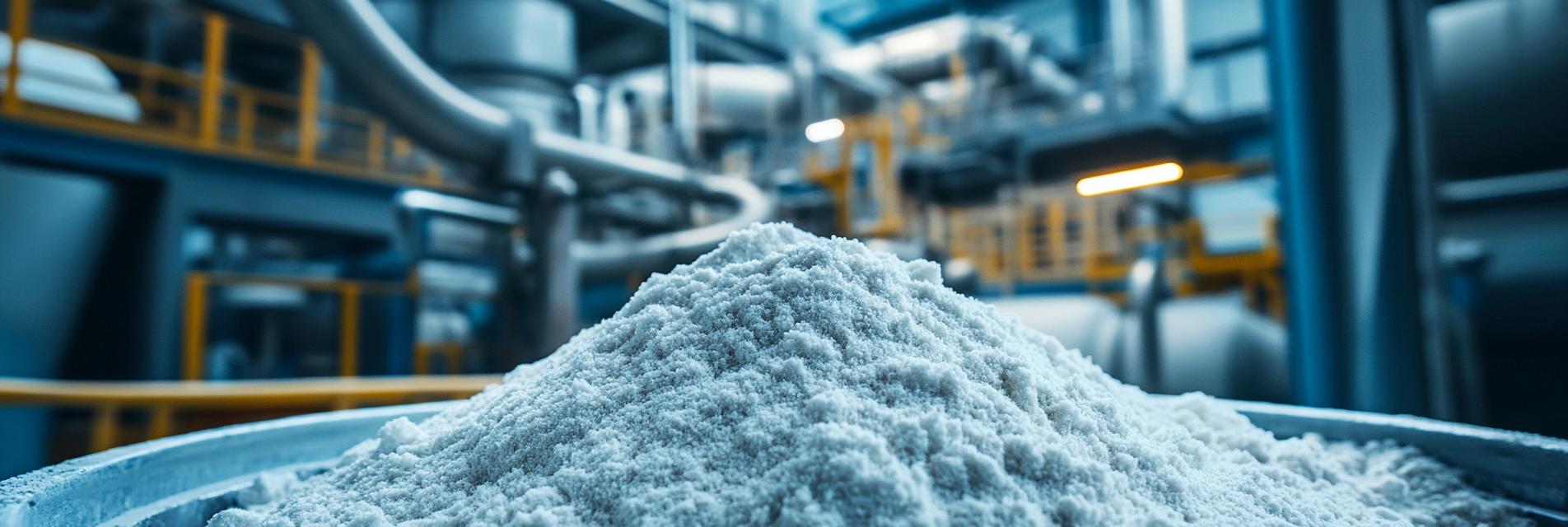In the realm of wastewater treatment, the process of sludge dewatering has become increasingly critical. I have observed that the application of polyacrylamide as a flocculant significantly enhances the efficiency of this process.

Polyacrylamide works effectively by binding small particles together, creating larger flocs that can be easily separated from water. In a recent study, it was noted that the use of polyacrylamide triples the dewatering rate as compared to traditional methods.
Utilizing polyacrylamide in sludge dewatering not only improves operational efficiency but also contributes to environmental sustainability. By reducing the volume of sludge for disposal, we help lessen the environmental footprint of wastewater treatment facilities.

In summary, the integration of polyacrylamide in wastewater treatment is a game-changer. It not only streamlines the sludge dewatering process but also aligns with global sustainability goals. For those looking to enhance their wastewater treatment operations, polyacrylamide proves to be a valuable asset.
